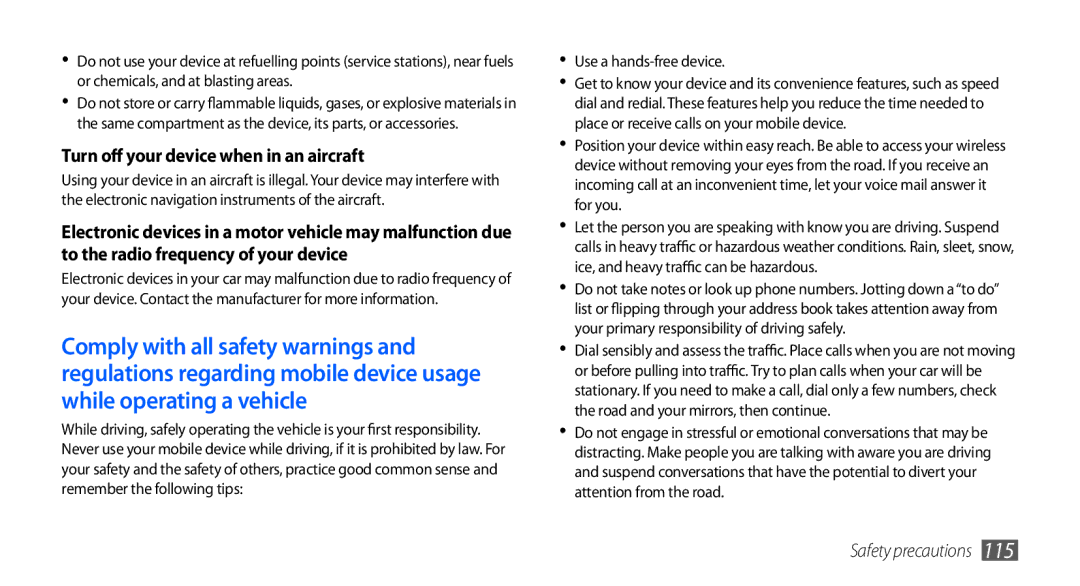GT-S5830OKACYO, GT-S5830OKASEB, GT-S5830RWAO2C, GT2S5830OKAXEZ, GT-S5830RWAXEZ specifications
The Samsung GT-S5830 series, known for its diverse model variations including the GT-S5830PPAXSG, GT-S5830OKAPAK, GT-S5830PPAABS, GT-S5830RWASKZ, and GT-S5830OKAMMC, represents a remarkable chapter in the evolution of smartphones. Launched in the early 2010s, these devices successfully combined utility with innovative features, captivating users around the globe.At the heart of the GT-S5830 models is the Android operating system, which provides a user-friendly interface and access to a vast selection of applications through the Google Play Store. This inclusion allows users to customize their devices to meet personal preferences and needs. The phones run on Android v2.3 (Gingerbread), ensuring compatibility with essential applications and services that laid the groundwork for future mobile technology.
One standout characteristic of the Samsung GT-S5830 series is its display. With a 3.5-inch TFT capacitive touchscreen, the phones offered bright and colorful visuals that enhanced the user experience. The resolution of 480 x 320 pixels was adequate for basic tasks such as browsing and posing multimedia content, making it a practical choice for everyday use.
In terms of hardware, these models were powered by an 800 MHz processor, providing reasonable performance for applications, web browsing, and multimedia. They also featured a dedicated GPU (Graphic Processing Unit), which improved graphic-rendering capabilities, especially for gaming and visual applications.
The GT-S5830 devices came equipped with a 5 MP rear camera, enabling users to capture decent quality photos and videos. The inclusion of autofocus and LED flash further augmented its capability, making it a handy tool for spontaneous captures. Additionally, these smartphones also supported multimedia playback, including music and video streaming, thus catering to entertainment needs.
Memory options varied among the models, with internal storage typically ranging from 158 MB to 1 GB, expandable via microSD cards. This flexibility in storage allowed users to save photos, videos, and apps without compromising space.
In terms of connectivity, the devices included essential features like Wi-Fi, Bluetooth, and GPS. These capabilities facilitated seamless communication, navigation, and file sharing, keeping users connected in an increasingly digital world.
Overall, the Samsung GT-S5830 series encapsulated the essence of smartphone functionality at its launch, establishing itself as a reliable choice for users seeking a balance between performance, versatility, and affordability. The various model variations offered customization and catered to an audience looking for dependable mobile technology.
